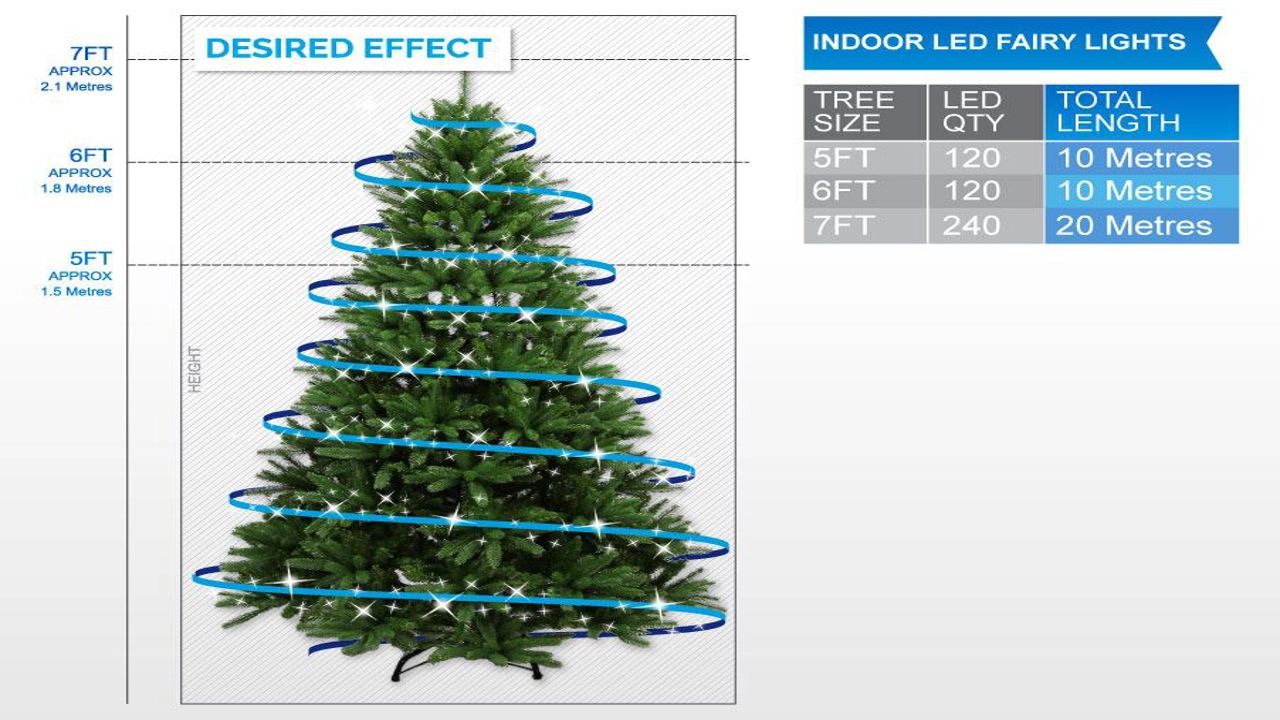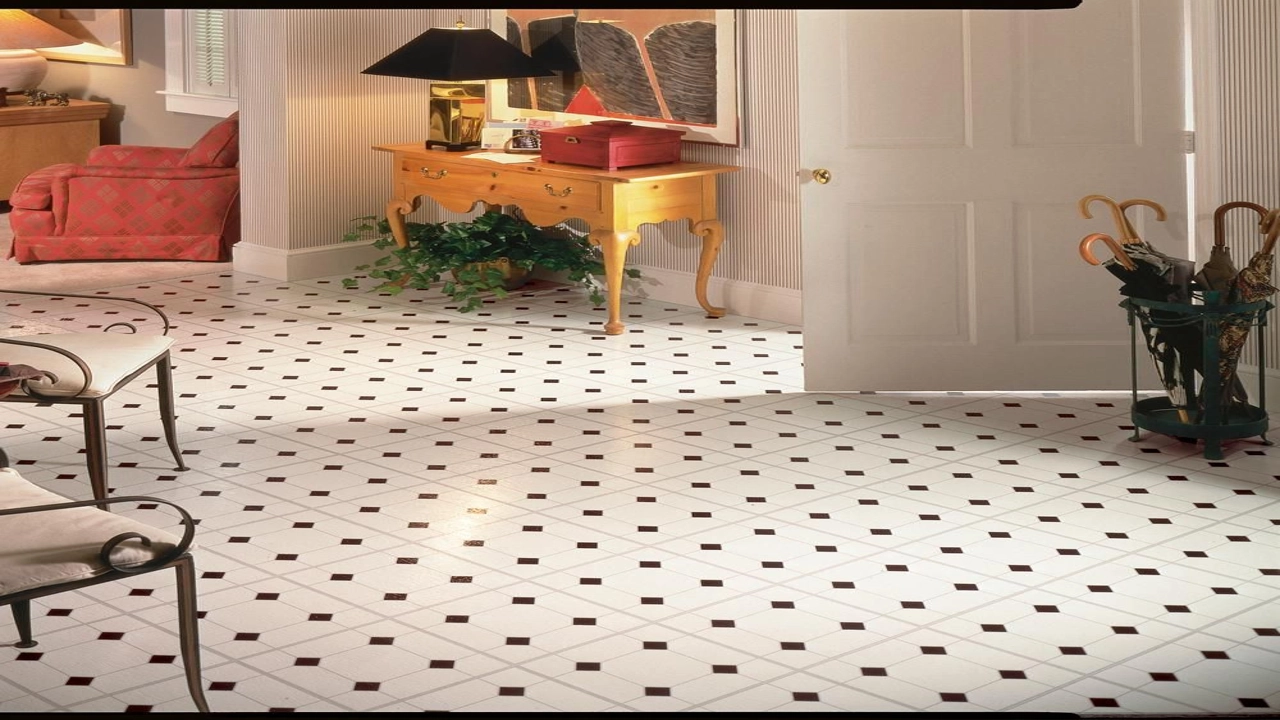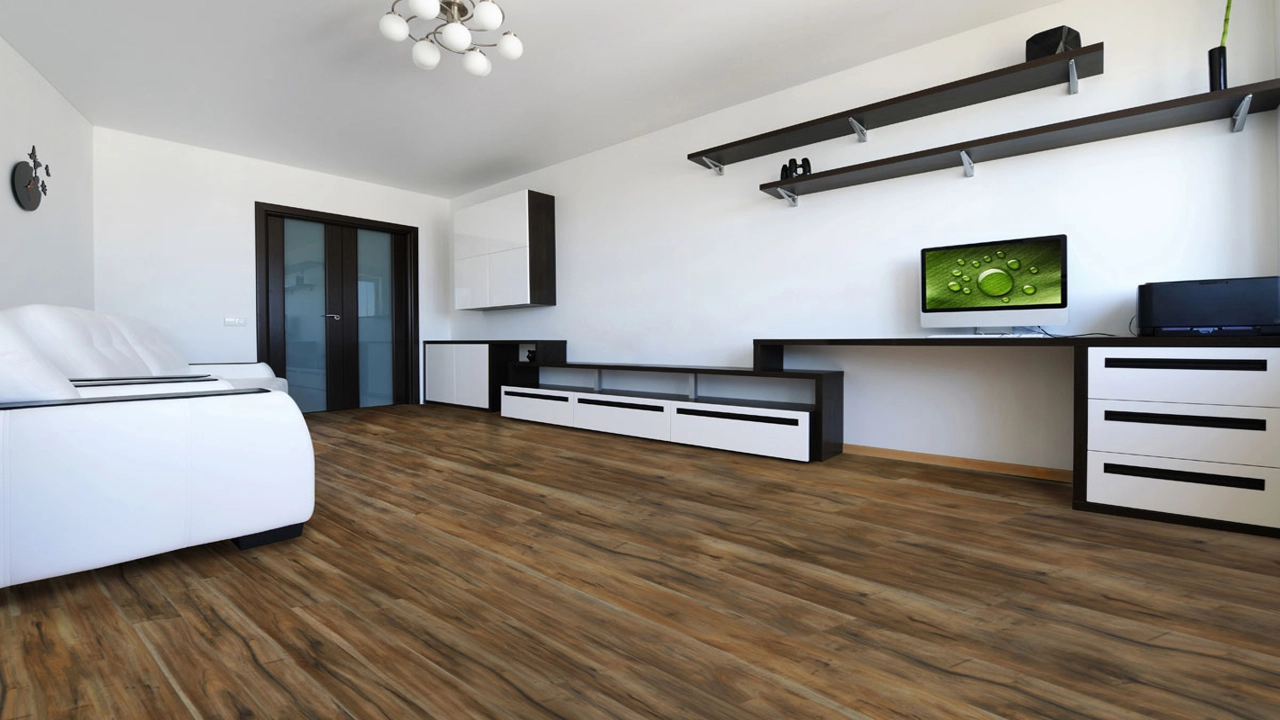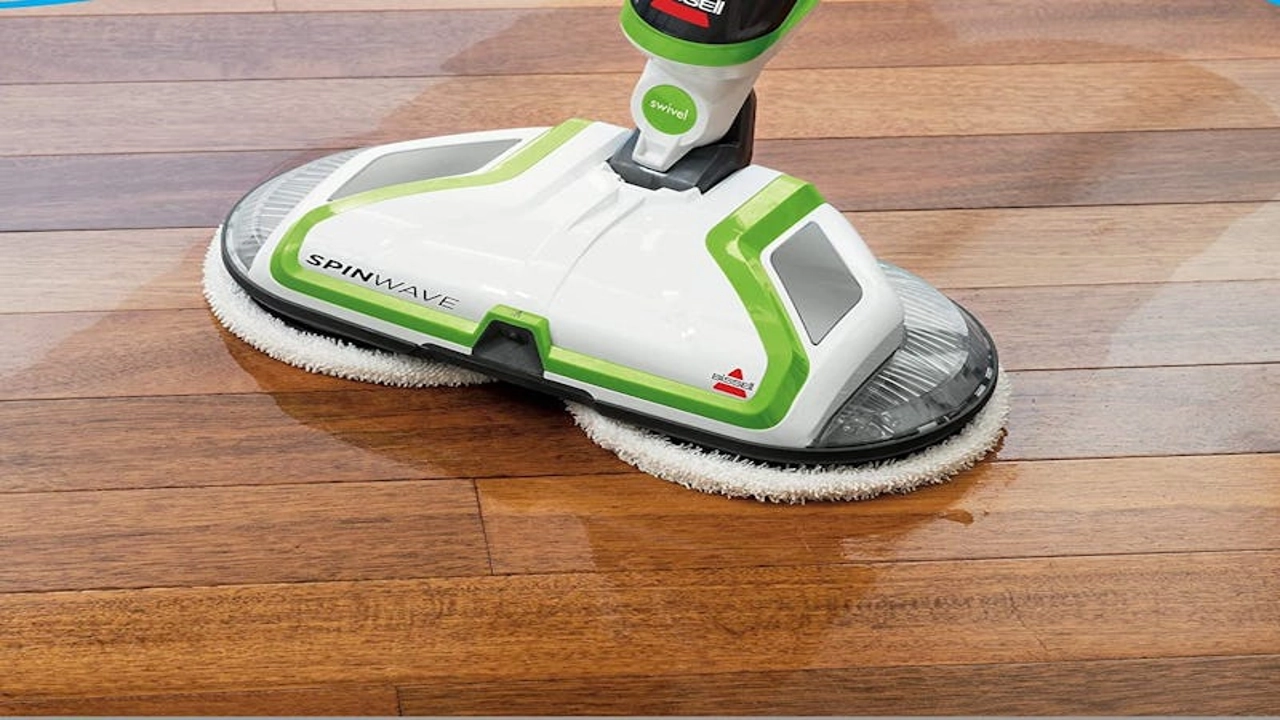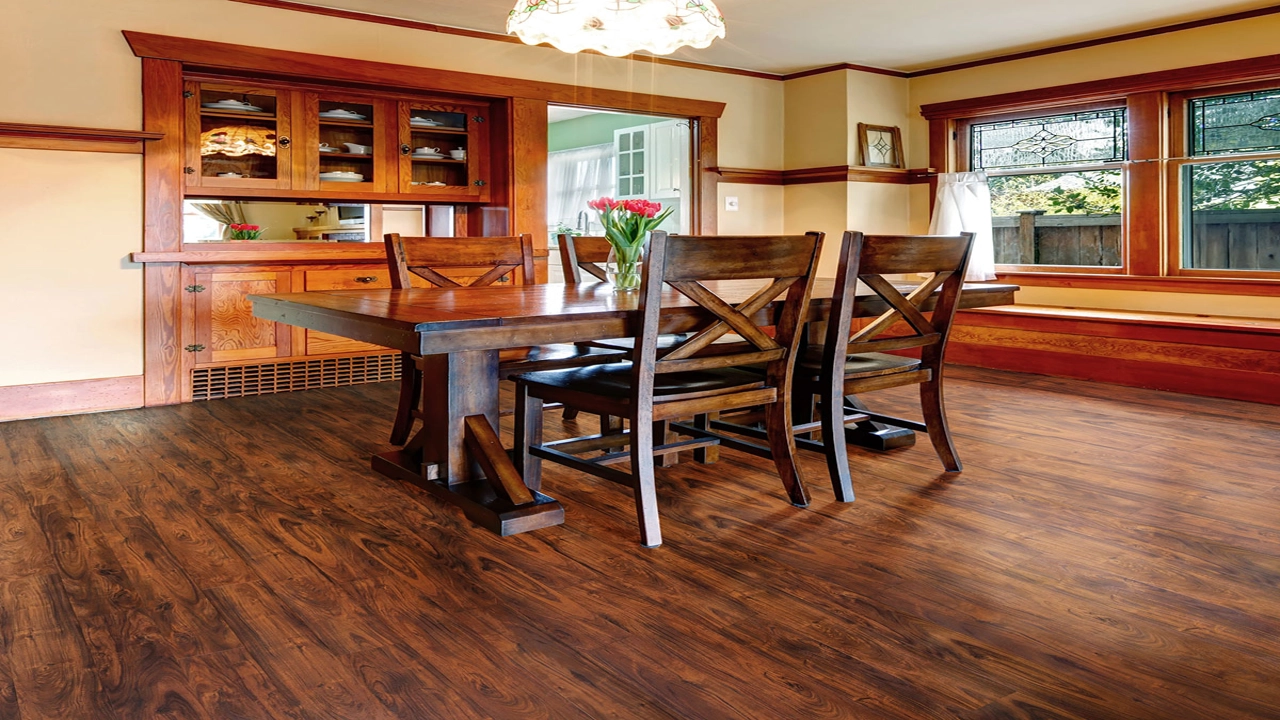How many feet of lights for christmas tree?
Determining the right amount of Christmas lights for your tree depends on its size and your desired level of illumination. A general rule of thumb is to use 100 lights per foot of tree height. However, this can vary based on the type of lights, their spacing, and your personal preference. If you prefer a more subtle glow, 50 lights per foot may be sufficient. For a dazzling display, you can use up to 150 lights per foot.
Consider the density of your tree branches and the size of the bulbs. A fuller tree with smaller bulbs may require more lights than a sparse tree with larger bulbs. Additionally, factors like the shape of your tree and the surrounding lighting conditions can influence your decision.
how many feet of lights for your christmas tree
The holidays are here, and with them comes the joy of decorating the Christmas tree. One of the most important parts of this tradition is stringing up the lights. But how many feet of lights do you actually need for your tree? This can be a tricky question to answer, as it depends on a few factors, including the size of your tree and the type of lights you choose.
Factors to Consider When Choosing the Length of Lights
-
Tree Size: This is the most important factor to consider. A small tree will obviously need fewer lights than a large one. For a general guide, you can use this formula:
- Small Tree (under 6 feet tall): 50-100 feet of lights
- Medium Tree (6-8 feet tall): 100-150 feet of lights
- Large Tree (over 8 feet tall): 150-200 feet of lights
-
Light Type: The type of lights you choose will also impact the amount you need.
- Mini Lights: These are the most common type of Christmas lights, and they come in a variety of colors and styles. They are generally smaller and more densely packed, so you’ll need fewer feet for the same coverage as larger bulbs.
- C9 Lights: These larger bulbs are typically used for outdoor decorations but can also be used on indoor trees. They are spaced further apart, so you’ll need more feet for the same coverage.
- String Lights: These are made of larger bulbs that are spaced further apart than traditional mini lights, requiring more feet for a full coverage.
-
Light Style: Do you want a traditional twinkle light effect, or a more modern, minimalist look?
- Twinkle Lights: These lights feature a flickering effect, and their spaced-out bulbs might require more feet for a full tree coverage.
- Constant-On Lights: These lights stay lit at a constant brightness and don’t have a flickering effect, so you might need less footage for the same coverage.
How Many Feet of Lights for Christmas Tree?
Now that you know some factors to consider, let’s get into the details of how many feet of lights you’ll need for your Christmas tree. The following table provides a general guide:
| Tree Height | Mini Lights | C9 Lights | String Lights | |—|—|—|—| | Under 6 ft | 50-100 ft | 100-150 ft | 150-200 ft | | 6-8 ft | 100-150 ft | 150-200 ft | 200-250 ft | | Over 8 ft | 150-200 ft | 200-250 ft | 250-300 ft |
It’s important to note that these are just general guidelines. The actual amount of lights you need will vary depending on the size of your tree, the type of lights you choose, and your personal preference.
Tips for Determining the Perfect Amount of Lights
- Start With a Little Extra: It’s always better to have too many lights than not enough. You can always remove some lights if you have too many, but you can’t add more if you don’t have enough.
- Consider the Overall Look: Do you want a bright and festive tree, or a more subtle and elegant look?
- Experiment with Different Layouts: You don’t need to wrap the lights in a perfect spiral around your tree. Try wrapping them in different directions, creating a more dynamic look.
Alternatives to Traditional Lights
- Fairy Lights: These delicate lights can add a magical touch to your Christmas tree. They are usually sold in strings of several feet and can be used to create a more subtle and romantic look.
- LED Strip Lights: These lights are often used in home décor and can be a modern alternative to traditional Christmas lights. They are flexible and can be wrapped around trees in different patterns.
- String Lights: These are typically used for outdoor decorations, but they can also add a charming vintage feel to a Christmas tree.
Safety Tips When Using Christmas Lights
- Choose UL-Listed Lights: UL-listed lights have been tested for safety and are less likely to cause a fire hazard.
- Inspect Lights Before Use: Make sure that all the lights are working and that there are no frayed wires or broken bulbs.
- Don’t Overload Circuits: Don’t plug too many lights into one outlet, as this can overload the circuit and cause a fire.
- Turn Off Lights When Leaving Home: Make sure to turn off all Christmas lights before leaving your home or going to bed.
Conclusion
Finding the right amount of lights for your Christmas tree is essential for achieving the desired look and ensuring a safe and enjoyable holiday season. By considering the factors mentioned above and following the tips provided, you can choose the perfect amount of lights for your tree, making your Christmas tree even more dazzling and festive.
how many feet of lights do you really need for your christmas tree
The holidays are upon us, and it’s time to deck the halls with boughs of holly—and, of course, twinkling Christmas lights! But how many feet of lights do you really need for your Christmas tree? This is a question many people ask themselves when decorating for the holidays. Getting the right amount of lights can be tricky, and you don’t want to end up with a sparsely lit tree or a tangled mess of excess lights.
Determining the Right Amount of Lights
The answer to how many feet of lights for your Christmas tree depends on a few key factors:
- Tree Size: A small table-top tree will obviously need fewer lights than a towering 10-foot behemoth.
- Tree Shape: A full, bushy tree will require more lights to illuminate it evenly than a more sparse, open tree.
- Light Type: The type of lights you choose can also impact how many feet you’ll need. Mini lights are smaller and denser than traditional C7 lights, so you might need more feet of mini lights to achieve the same level of illumination.
General Guidelines for Choosing the Right Amount of Lights:
- Small Tree (up to 4 feet): Aim for 50-100 lights.
- Medium Tree (5-7 feet): Consider 100-200 lights.
- Large Tree (8 feet or taller): You’ll likely need 200-300 lights or more.
Tips for Choosing the Right Amount of Lights:
- Consider the Style: Are you aiming for a traditional, classic look, or something more modern and minimalist? A more traditional look often requires more lights for a full, shimmering effect.
- Think About the Color: White lights tend to be brighter than colored lights, so you may need fewer feet of white lights to achieve a similar level of illumination.
- Don’t Forget the Twinkle: If you’re using twinkle lights, keep in mind that they tend to be less bright than standard lights, so you may need more to create a sufficiently bright display.
- Don’t Overdo It: While it’s tempting to go all out with the lights, remember that too many lights can look crowded and overwhelm the tree’s natural beauty.
Tips for Hanging Christmas Lights:
- Start at the Top: Begin by wrapping lights around the top of your tree, working your way down in a spiral pattern.
- Even Spacing: Aim for consistent spacing between the lights, especially for smaller trees, so they appear evenly lit.
- Avoid Tangling: Carefully wrap the lights around the branches, taking care not to create tangles or knots.
Additional Resources for how many feet of lights for your Christmas tree:**
- Christmas Light Calculators: Several websites offer online calculators that help you determine the right amount of lights based on your tree’s height and width.
- Christmas Tree Decor Guides: Online resources and decorating guides provide tips and suggestions for how many lights to use for different tree sizes and styles.
- Home Improvement Stores: Consult with staff at home improvement stores for guidance on how many feet of lights you’ll need for your tree.
Don’t Forget the Safety:
- Use LED Lights: LED lights are more energy-efficient and produce less heat than traditional incandescent lights, making them a safer choice for your Christmas tree.
- Check for Damaged Lights: Before you hang your lights, inspect them for any broken or damaged bulbs, and replace them as needed.
- Don’t Overburden Outlets: Avoid overloading electrical outlets. Use extension cords with safety features and don’t overload them.
No matter what size tree you have, there’s a perfect amount of lights to create a magical and festive display. By considering these factors, you can choose the right amount of lights for your Christmas tree and enjoy the joy of the holiday season.
How Many Feet of Lights for Your Christmas Tree? Q&A
Q: How do I determine how many feet of lights I need for my Christmas tree?
A: The general rule of thumb is to use 100 lights per foot of tree height. So, a 6-foot tree would need 600 lights. However, factors like tree fullness, desired brightness, and light bulb spacing can impact the actual amount needed.
Q: Is there an easier way to calculate this without measuring my tree?
A: Yes! Many online tools and calculators can help you estimate the required lights based on your tree’s height and width. Simply search “Christmas lights calculator” and enter your tree’s dimensions.
Q: What if my tree is very full or sparse?
A: A fuller tree will require more lights to ensure coverage, so consider adding 20-30% to your initial calculation. A sparse tree may require fewer lights, but it’s better to err on the side of more to ensure a fully illuminated look.
Q: What type of lights are best for a Christmas tree?
A: LED lights are the most energy-efficient and long-lasting option. They also come in a wide range of colors and styles. Consider warm white LEDs for a traditional look, or multicolored LEDs for a festive vibe.
Q: Can I use different types of lights on the same tree?
A: While not ideal, it’s possible to mix lights, but it’s best to keep the colors and styles consistent. For example, use warm white LEDs for the majority of the tree, then add a few strands of multicolored lights for a playful touch.
Q: What if I’m using a pre-lit artificial tree?
A: Pre-lit trees usually come with enough lights, but you can always add more depending on your preference. If the existing lights are outdated, you can replace them with newer LED versions.
Q: What about the length of the light string?
A: Most light strings are 50 feet long. If your tree needs more lights than a single string can provide, you can connect multiple strings together (check the packaging for specific instructions). Make sure all strings are rated for outdoor use.
Q: When is the best time to buy Christmas lights?
A: The best time to buy lights is usually after the holidays, when prices are often discounted. However, you can find good deals throughout the year, especially during back-to-school and pre-holiday sales.
Conclusion
Choosing the right amount of Christmas lights for your tree is crucial for achieving a dazzling display. Remember to consider the size of your tree, the desired level of brightness, and the type of lights you’ve selected. By following these guidelines, you can ensure your tree shines brightly and becomes the centerpiece of your festive decor.
Now that you’ve got a plan for your Christmas tree lighting, tell us – how many feet of lights do you typically use? What’s your favorite lighting strategy? Share your tips and tricks in the comments below, and don’t forget to share this post with your friends on social media to spread the holiday cheer!

